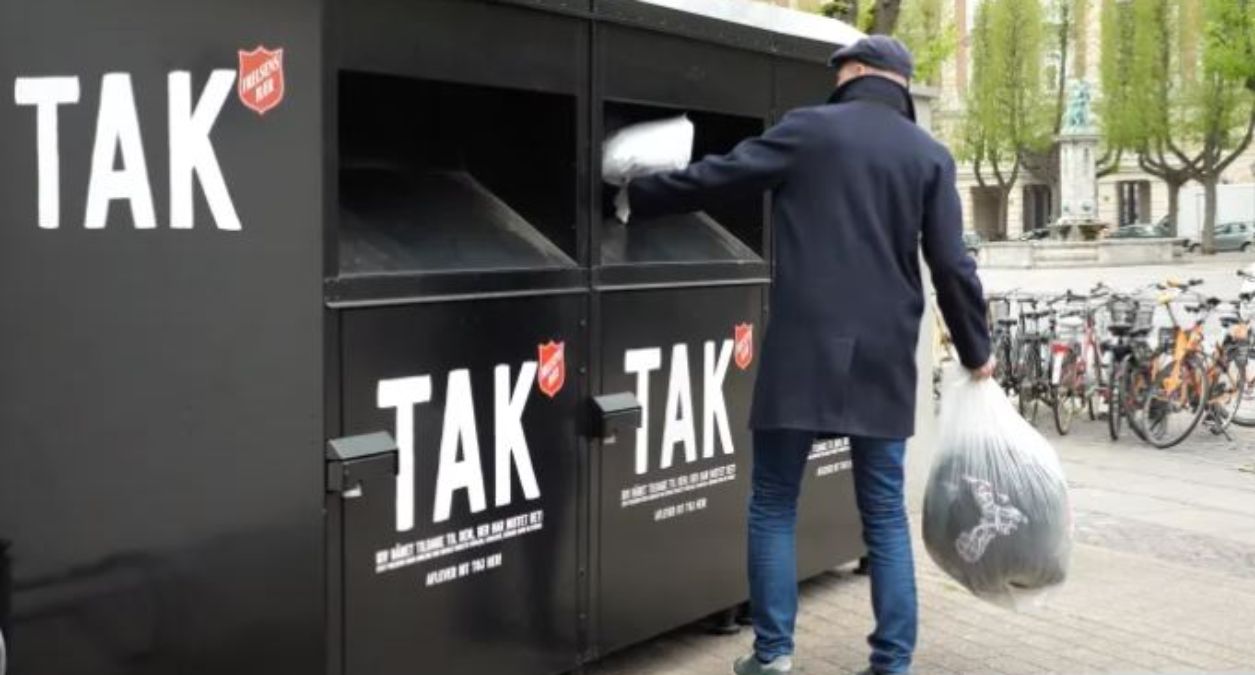Telia connects with the Salvation Army
Telia IoT is helping the Salvation Army to optimize collection, eliminate waste, reduce the environmental footprint, and save costs.
Hundreds of clothing donations containers in Sjælland, Denmark, will be connected with the Internet of Things (IoT) solution, which will enable the containers to alert when they need to be emptied.
The filling pattern of clothing containers is difficult to predict and the containers are often overflowing, resulting in damaged clothing.
The cost for waste removal instead of collecting and recycling clothes amounts to as much as half a million Danish kronor a year, according to Søren R H K Kragh, development consultant at the Salvation Army.
However, the biggest saving will come from emptying the containers more efficiently and increasing the collection volumes.
"The value of the time we save, as much as 25 percent, is several million kronor a year. It is time that we can use to collect more clothes," says Søren R H K Kragh.
An IoT solution with many advantages
A filling sensor is installed in every clothing container. The intelligent sensors are all equipped with a SIM card so that they can communicate with a monitoring system so that the Salvation Army will be able to plan the driving and collecting. Unnecessary trips can be avoided and save time, energy and CO2 emissions.
"This is a prime example of how IoT can make of difference for companies and to the society. It is a very efficient communications solution that we have used before in garbage bins and waste disposal planning and which can be used in other areas such as sewage and sanitation. We are pleased with this new collaboration with the Salvation Army," says Thomas Kjærsgaard, Business Customer Director at Telia.
A sustainable partnership
Optimized emptying does not just mean more money for the Salvation Army's humanitarian work. It also reduces the environmental impact long term:
• 1,200 liters less consumption of diesel per year
• 3 tonnes less CO2 emissions per year
• 960 hours saved every year
Cookie notification
Cookies allow us to optimize your use of our website. We also use third-parties cookies for advertising and analytics. Please read our Cookie Policy for more information.

